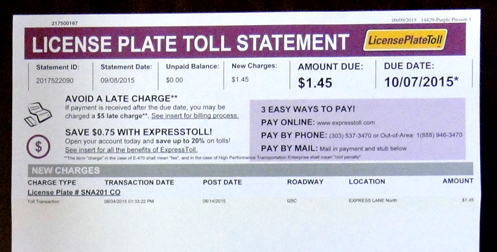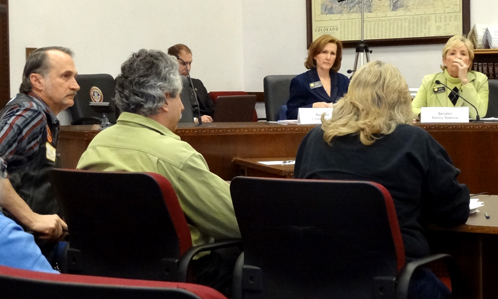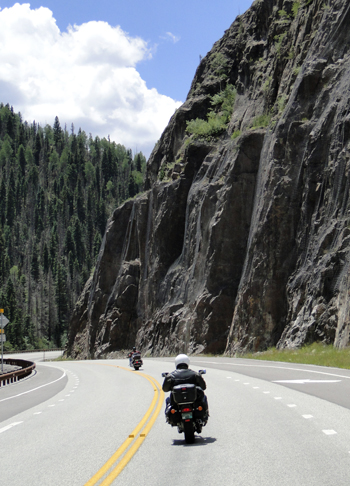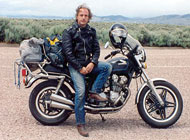Possible Legislative Action On Motorcycle Transponders
Thursday, January 28th, 2016Let’s rejoin the discussion of motorcycles needing transponders to use HOV lanes without paying a fee.
I heard at Sunday’s ABATE D-10 meeting that state Sen. Kevin Lundberg, from the broad Fort Collins area, is planning to introduce a bill that, while not directed specifically at motorcycles, would nevertheless address the issue. Apparently Lundberg’s broader concern is the idea of requiring anyone–in cars or motorcycles or whatever–to have a transponder to use HOV lanes. Let’s just go back, Lundberg is saying, to last year when all you needed to drive in an HOV lane was two people in your car. Of course, that system also including allowing any motorcycle to use the HOV lane with no other requirement. While as written the legislation apparently does not say anything about motorcycles, Lundberg has indicated that he would seek an amendment that does specifically include motorcycles. That’s why ABATE has Stump working as a (non-paid!) lobbyist down at the Capitol, to get that kind of motorcycle consideration included in these bills.
It makes total sense to me. The old system was working; why did it need to be fixed? The way it has been revised there is no way for an out-of-state rider passing through to know that they need a transponder–all they would know is that motorcycles are allowed in HOV lanes so let’s do it. Boom: you get a bill in the mail when you get home.
Also, why should anyone, in a car or on a bike, have to pay for the transponder (bikes excluded on this one) and sign up with their credit card and an initial $35 deposit taken (bikes not excluded here) just to–once again–use the HOV lanes that used to be wide open? You’re adding cost, bureaucracy, time spent, and all the rest. I mean, go ahead and require transponders for anyone interested in taking the toll lanes. We all have the choice to use those or not. But don’t inflict all this on people whose only interest is in using the HOV lanes that they are entitled to use per the laws that created them.
So this is another piece of legislation, along with the lane-splitting proposal I mentioned earlier, that I’ll be watching and keeping you informed on. Bruce Downs, ABATE’s state coordinator, made the point at the meeting that when this bill comes up in committee we’re going to want to blanket that hearing room in black leather.
“It has an effect. It really does,” he said.
Could be an interesting legislative session.
Biker Quote for Today
“The Bikers Code” — All men and women are created equal. Then some take a step up and become bikers.








